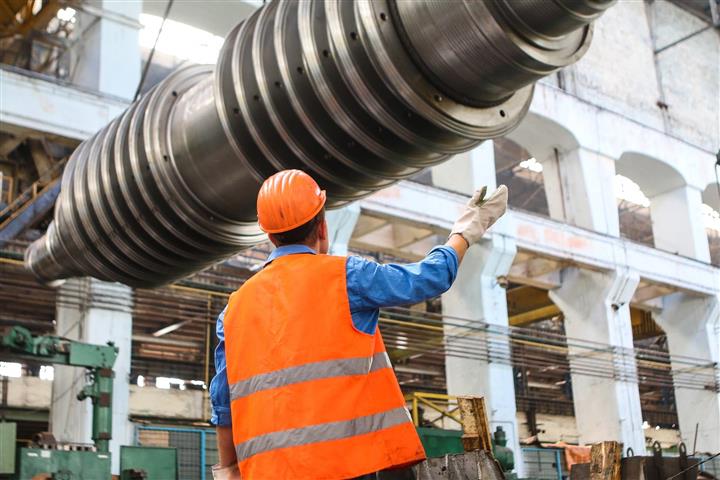This course will provide a comprehensive understanding of the various types of static and rotating equipment including pressure vessels, heat exchangers and steam boilers, pipelines & piping systems, centrifugal pumps, centrifugal and axial compressors, and motors. This course will focus on maximizing the efficiency, reliability, and longevity of this equipment by providing an understanding of the characteristics, selection criteria, common problems and repair techniques, preventive and predictive maintenance.
The course is essential for anyone who is involved in the selection, applications, or maintenance of rotating equipment because it covers how this equipment operates, the latest maintenance techniques, and provides guidelines and rules that ensure the successful operation of this equipment. In addition, this course will cover in detail the basic design, operating characteristics, specification, selection criteria, advanced fault detection techniques, critical components and all preventive and predictive maintenance methods in order to increase reliability of the equipment and reduce the operation and maintenance cost.






comments (0)